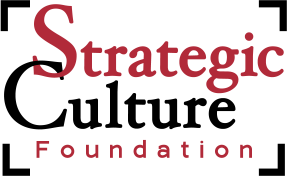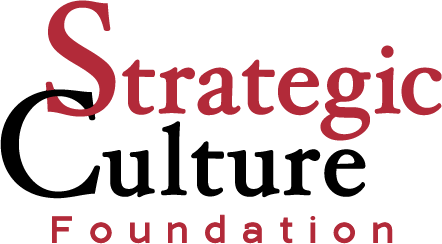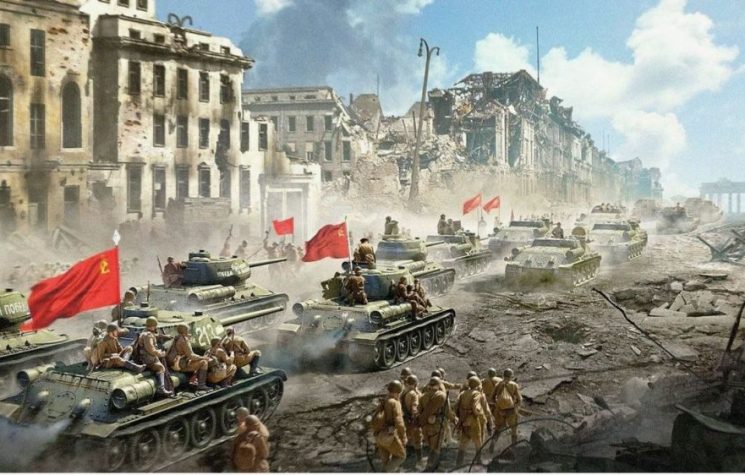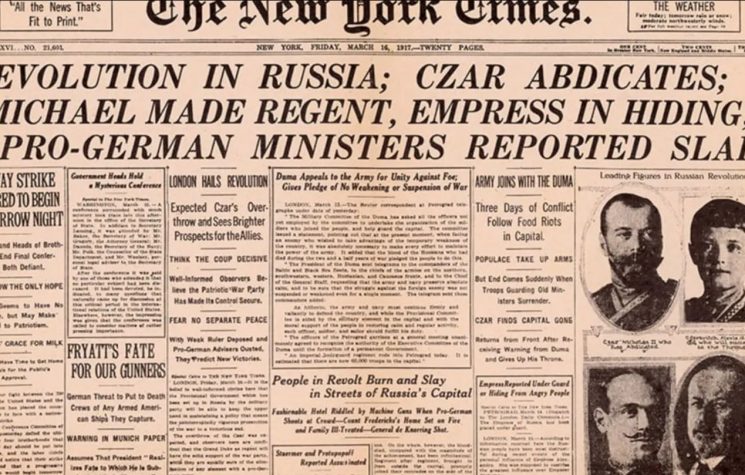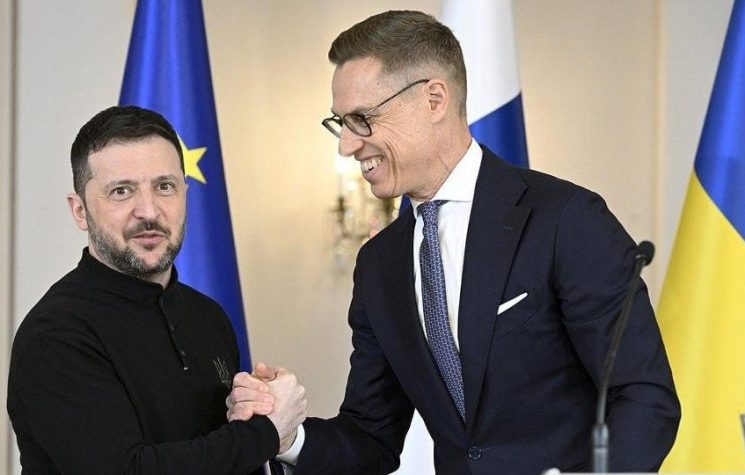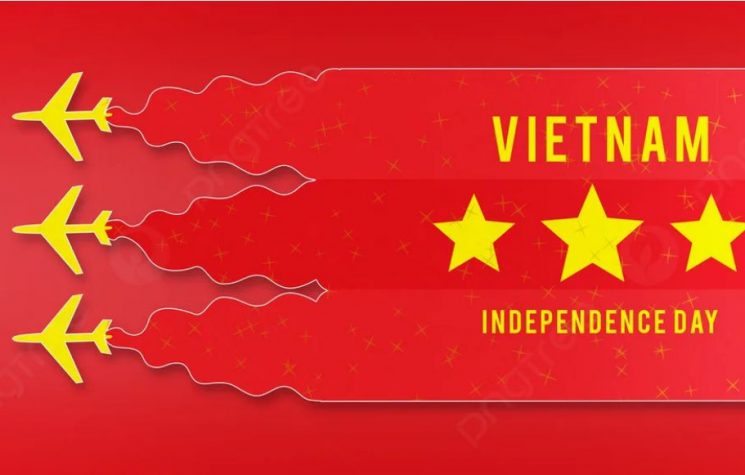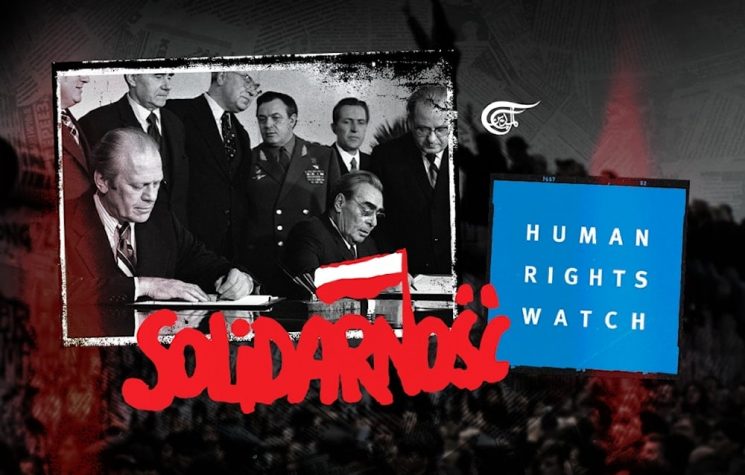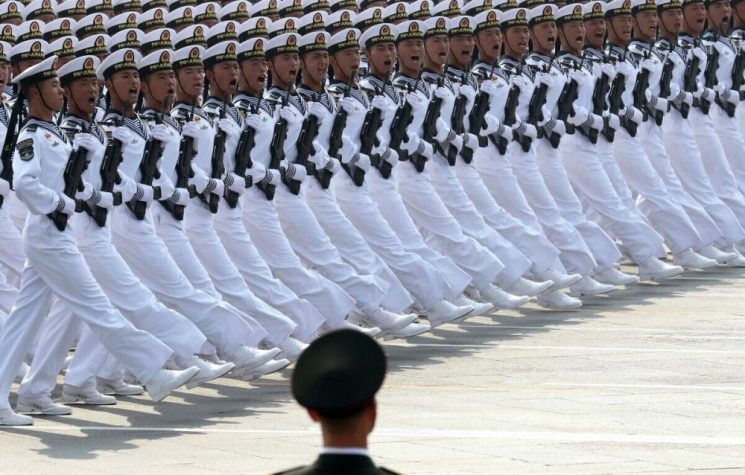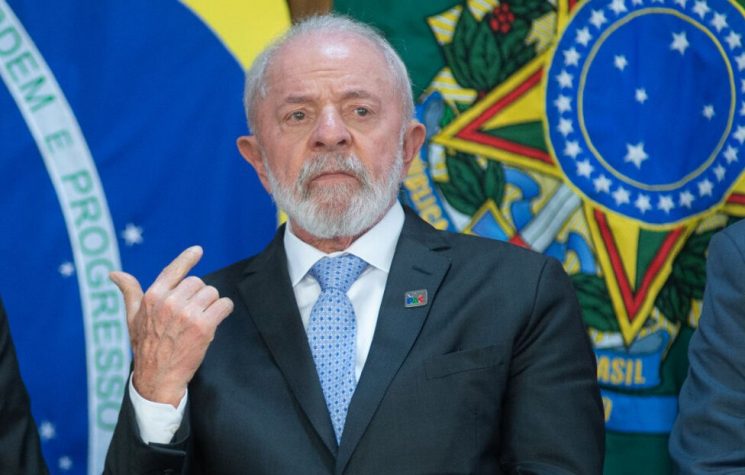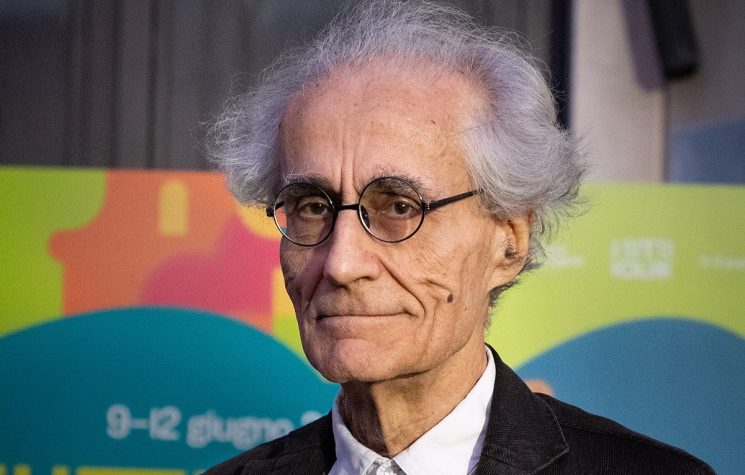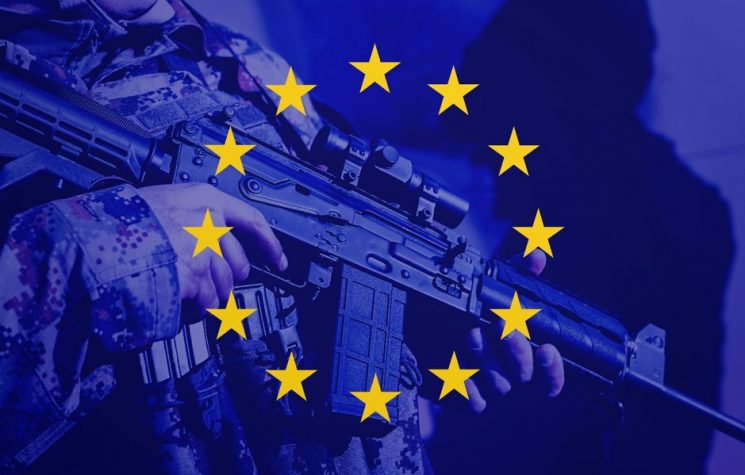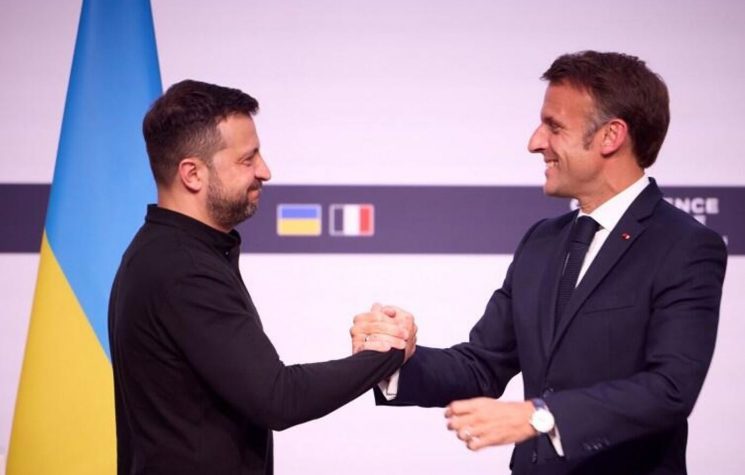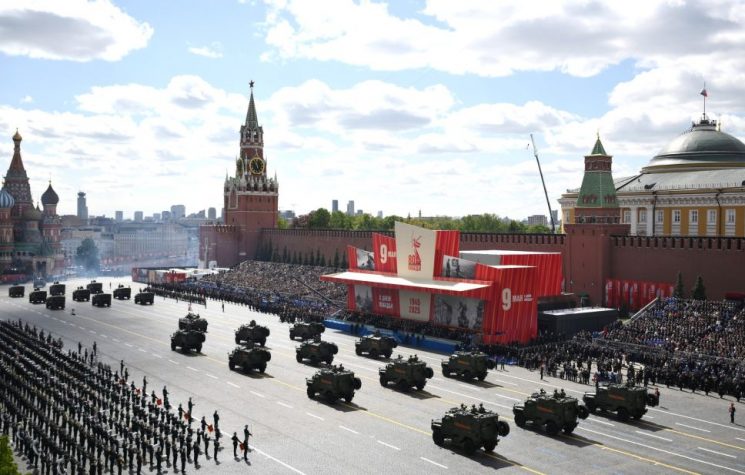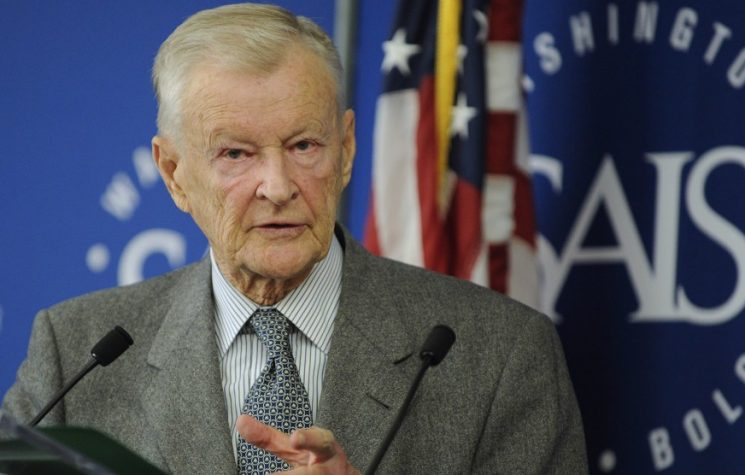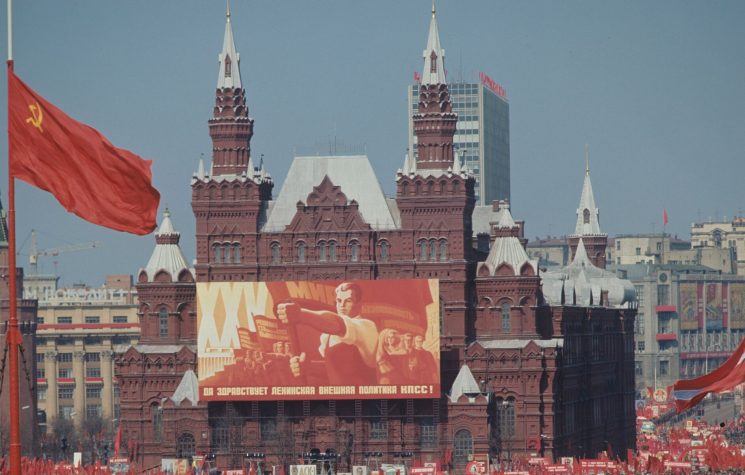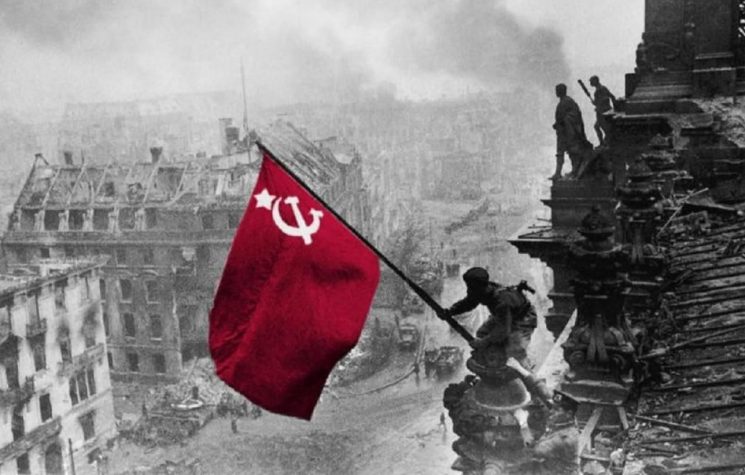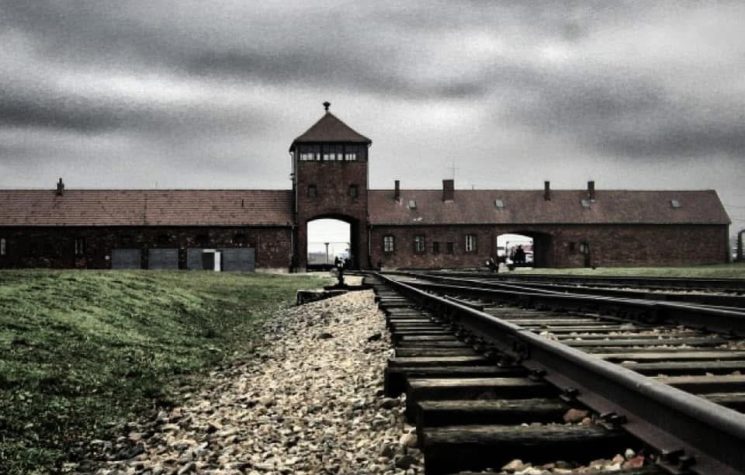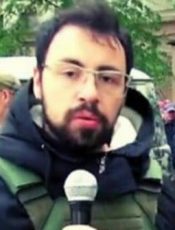How can one not be moved remembering that in this country, 27 million lives were sacrificed due to the Nazi invasion?
Contact us: info@strategic-culture.su
I was in Volgograd on April 21, 2022. The streets were empty, even though it was already time for everyone to be rushing to work. After a walk along the Volga River, I crossed the city, passing by a statue of Lenin in the center, and arrived at the hill where the most beautiful monument dedicated to heroism and the exaltation of life in the entire world stands: Mamayev Kurgan.
I took the reverse of the traditional route and started from the end—the top of the hill. What stood before my eyes was almost surreal: an 85-meter-tall colossus, the tallest statue in the world for nearly a quarter of a century. “The Motherland Calls” is a representation of Nike, the Greek goddess of Victory, visible from almost every point in Volgograd. The city entered history when it still bore another name and, at the height of the Great Patriotic War, became the stage for the bloodiest and most epic battle in all of history: the Battle of Stalingrad. From July 1942 to February 2, 1943, when it was liberated, Stalingrad witnessed epic scenes, particularly from November onward, when the Red Army launched its counteroffensive. Amid the rubble, Soviet soldiers who had lost their rifles used knives or even their bare fists to strike the Germans. A heroic savagery that granted these men the status of martyrs, demigods. Sons of Nike. Sons of Victory.
Even before reaching the feet of the statue, one becomes acutely aware of their own insignificance as an individual. She appears as the Goddess herself, in her magnanimity, inspired by the martyrs who gave their lives here for the motherland. No—for humanity!
Her sword, raised as if touching the heavens, connecting those men to the gods, measures 33 meters. It is held by her right arm, while the left stretches to the side, where the face of the Goddess, the Mother, the Motherland, also turns—fierce, fearless, summoning her children to martyrdom, just as God summoned Christ to redeem all of humanity from its sins. The wind presses her tunic against her body. Barefoot, with her left foot forward, she leads the march to free her people from Nazi barbarity. Emilia! The greatest wonder I have ever laid eyes upon, yet one my hands could never touch.
From her feet, the entire city is visible, the Volga stretching ahead. I descend the hill and along the way see the tombstones of many heroes of that war on the grass. Here lie 35,000 unidentified soldiers, their bodies resting on this sacred hill. A ten-meter-tall sculpture marks the end of this section of the complex—a mother cradling the body of her son in her arms, just as Mary held Jesus after the Passion, his life given to the motherland for the liberation of Stalingrad.
We enter the enormous hall housing the Eternal Flame to the Unknown Soldier, an eight-meter-tall torch held by a hand at the center of the dome, guarded by perfectly still soldiers. The floor is marble, and the bronzed walls are covered with tapestries inscribed with the names of each of the one million soldiers and officers who fell defending the city. The dome’s ceiling displays the heroes’ medals and a St. George’s ribbon encircling it. We descend the ramp, circling the dome from within. In the background, a serene, hymn-like chant confirms to visitors that they stand in a truly sacred place—holier than any temple.
How can one not be moved remembering that in this country, 27 million lives were sacrificed due to the Nazi invasion? Children, women, the elderly, entire families. I confess I wept. The erasure of generations. A genocide that makes the Holocaust seem like child’s play. But why is this genocide not spoken of? Because while the Holocaust serves as a smokescreen to hide the fact that World War II was an inter-imperialist war—meaning the U.S. and Britain were also criminals, as were the crimes of the State of Israel—Russia is the land of communism, and imperialism could never portray communists as victims, least of all as their victims. More than that: Russia has always been a target for conquest, and thus must never be depicted as a victim but always, whenever possible, as the aggressor. What happened here was unimaginable suffering and a story of overcoming truly legendary in scale. I have no doubt: if there is a people in this world who yearn for peace, it is the Russians. A people battered and punished for refusing to submit to the worst criminals who ever lived. To this day, every Russian carries the scars of that great trauma in their hearts.
I emerge purified from the dome and see, just below it, a few steps down, the Square of Heroes, where six statues depict the different groups of men who fought in that war. The following steps are flanked by walls that are, in fact, a mosaic carved from the ruins of buildings bombed by the Germans—soldiers hurling grenades, holding flags and swords, marching with rifles. At the end stands the statue of a bare-chested soldier, as fierce as the Motherland, gazing at the horizon with a rifle in one hand and a grenade in the other, ready to give his life in that battle.
On the final steps of the complex (or rather, the first ones, at the bottom), the inscription:
“ЗА НАШУ СОВЕТСКУЮ РОДИНУ! СССР!”
(For our Soviet Motherland! USSR!)
Beyond it, more figures and plaques honoring each Hero City of the Soviet Union. There are 200 steps in total, representing the 200 days of the Battle of Stalingrad.
